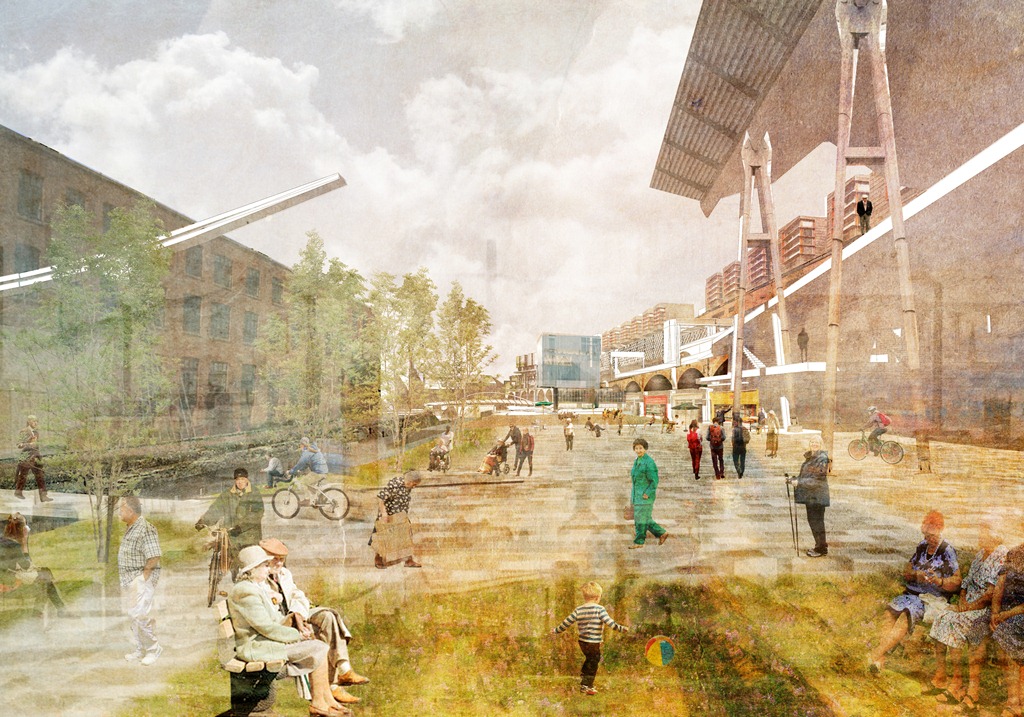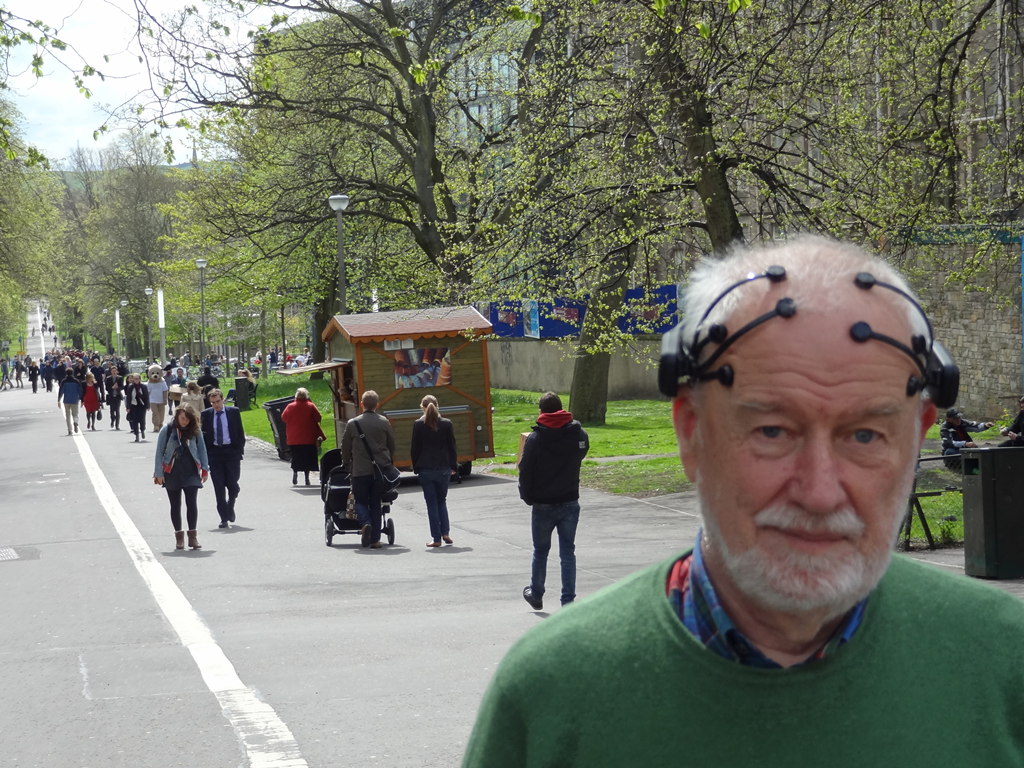Mobility, Mood and Place (MMP) has been a multidisciplinary project comprising three research topics and a lively programme of knowledge exchange and stakeholder liaison.
Co-created environments (Topic 1)
All too often, the people who use environments day-to-day are left out of the design process. For older people, this can feel particularly alienating. In Topic 1, we have been bringing together researchers, designers-in-training and older participants to envision places, from homes to public spaces, which are inclusive, enabling and inspirational. We have also critiqued designs that fall short of these aspirations and examined the discrepancies between the existing and the ideal.
Environment and affect (Topic 2)
Mood affects people’s judgements and actions. Well-designed places with good ambience are more likely to engage us and restore our ability to stay alert and be active. In Topic 2, researchers have been looking at the emotional dimensions of place using mobile neuroimaging methods to record measurable responses to different environments. Data from just over 100 older participants has been correlated with observational data that maps the social and dynamic context of place to better understand how setting impacts on behaviour.
Image: a participant wearing a mobile neural imaging headset in The Meadows, Edinburgh
Life course of places, health & mobility (Topic 3)
Our health and mobility are intrinsically linked with the quality of our local environment. All sorts of things affect us, from housing density and neighbourhood deprivation to access to green space. In Topic 3, we have explored how physical, built and social environments evolve over time and how they impact on inequalities in health in older age, related to mobility throughout life. We have used data from just under 600 people in their 70’s, together with long term, area-level measures of their childhood, adulthood and current environment.
Image: a researcher and participant partaking in the Lothian Birth Cohort study, data from which is being used in Topic 3. Photograph © Douglas Robertson.



